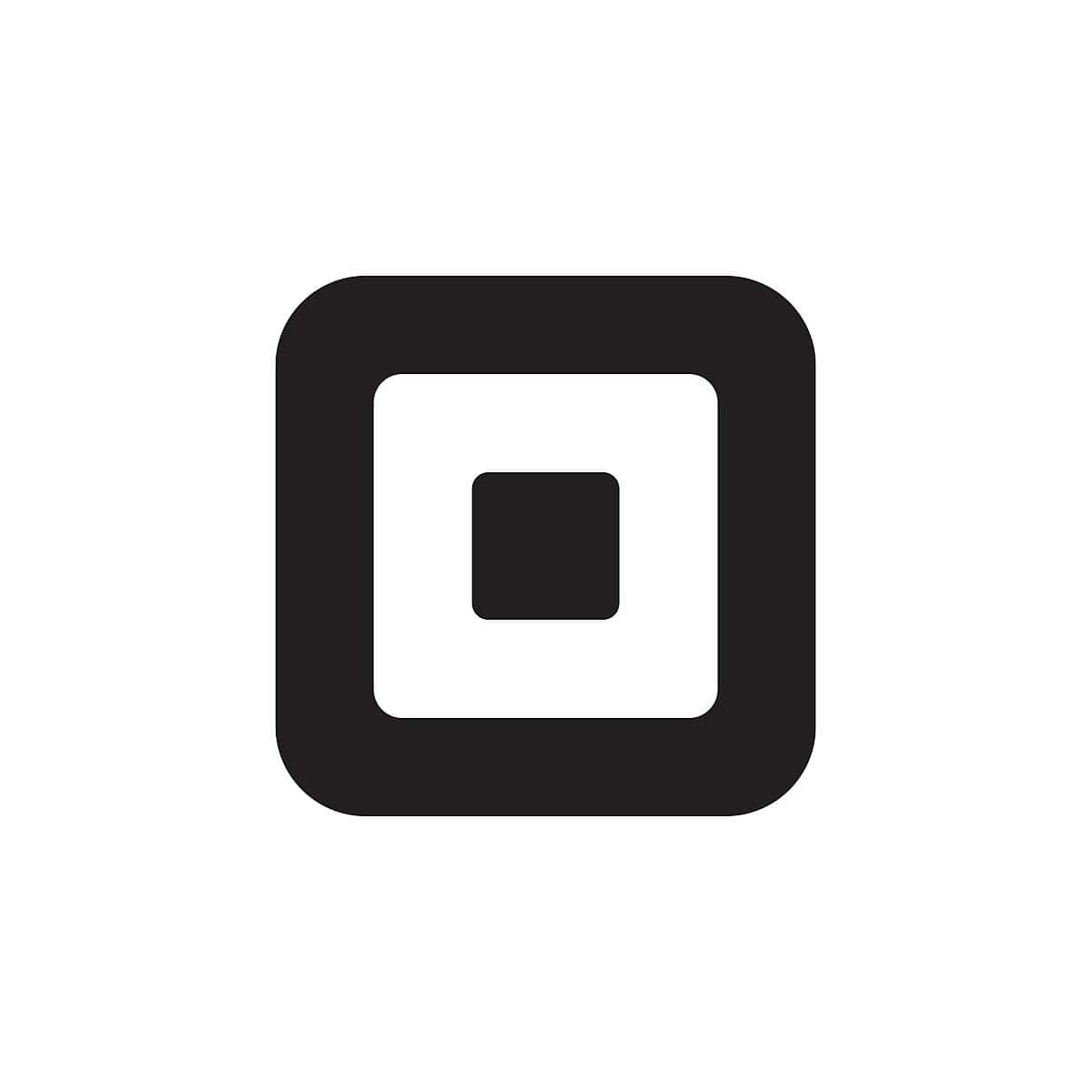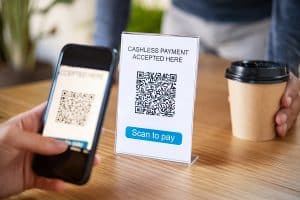Alternative methods of payment, such as digital wallets, ACH, and crypto, are becoming increasingly common, and small businesses should offer at least some alternative payment forms at checkout, whether customers are paying online or in person.
This guide explains what alternative payment methods are and the types of alternative payment methods available. We also researched some popular alternative payment apps and services to help you decide which ones to offer as a small business owner.
Alternative payment methods (APMs) are any payments made without using cash, credit cards, or debit cards. Examples of alternative payment methods include cryptocurrency, ACH, buy now, pay later options, digital wallets, and more.
Alternative payments may be referred to as alternative methods of payment (AMOPs) or nontraditional payments.
The following list of alternative payment methods is by no means comprehensive, but they encompass a range of popular business payment apps and services. For example, Apple Pay and Google Pay fall under the digital wallet category, while ACH and eCheck payments fall under the bank transfer category.
The best alternative payment methods are affordable, secure, popular with customers, and integrated with existing payment processing solutions. Let’s take a look at some top alternative payment services and how they compare:
|
Type Of Payment Method |
Best For |
Not Ideal For |
Payment Processing Rates |
| PayPal |
Digital Wallet/Payment Service Provider |
New businesses who are just starting to accept online and/or in-person payments |
High-risk businesses |
3.49% + $0.49 for most online commercial transactions |
| Venmo |
Digital Wallet/Payment Service Provider |
Accepting low-volume, in-person payments |
High-volume businesses |
1.9% + $0.10 for most commercial transactions |
| Cash App |
Digital Wallet/Payment Service Provider |
Businesses that use Square POS/Square Payments for in-person and online payments |
Businesses not using Square |
2.75% |
| Zelle |
Bank Transfer Service |
Accepting bank transfers from customers |
Small-ticket payments |
Varies depending on your business bank |
| Apple Pay |
Digital Wallet |
Accepting payments from Apple users |
Android users |
Varies depending on payment processor |
| Google Pay |
Digital Wallet |
Accepting payments from Android users |
Apple users |
Varies depending on payment processor |
| Tap to Pay |
Contactless Payment Technology |
Accepting contactless payments without a card reader |
Using as your only form of payment acceptance |
Varies depending on payment processor |
| Affirm |
Buy Now, Pay Later App |
Accepting installment payments |
Payment for services or essential items |
6% + $0.30 |
1. PayPal: Best For Easy Online Or Mobile Payments
PayPal is among the most popular alternative payment methods because its popularity, convenience, versatility, and feature set cannot be beaten. Merchants can sign up for a free PayPal business account to gain access to PayPal’s extensive eCommerce software suite, including invoicing, QR code payments, and even in-person credit card payments via its free mobile POS app, PayPal Zettle.
Learn more about how customers can pay for PayPal in-store.
2. Venmo: Best For Casual Businesses
Payments made via Venmo, a digital wallet, work especially well for in-person services, such as photography, makeup application, or barber services. You can also accept Venmo payment for occasional in-person retail sales, such as selling at a craft fair. Venmo is simple to set up, and if you already have a personal Venmo account, you can simply add a business profile to your account in a few clicks.
Venmo doesn’t have an in-person card reader– your customer will need to pay by finding your business in their own Venmo app or scanning your business’s QR code to make a QR code payment in their Venmo app. Alternatively, you can also use Tap to Pay to accept card-present payments with Venmo (more on Tap to Pay in a bit).
Read our guide to using Venmo for business to learn more about setting up a business profile and accepting payments.
3. Cash App: Best For Businesses Using Square
Cash App is another digital wallet that works similarly to Venmo—except it is a Square product that is ideal for businesses that are already within the Square ecosystem. Customers can pay using their own Cash App digital wallet or Cash balance at your Square POS system or Square POS app on your phone.
Read our guide to Cash App business accoujnts for more on whether this alternative method of payment is right for your business.
4. Zelle: Best For Free Bank Transfers
We chose Zelle as one of the best alternative payment methods because it offers free and fast bank transfers, even for business-to-business (B2B) transactions. (Your bank may charge its own fee for Zelle deposits, however.) We think Zelle a great option for start-up businesses that need to quickly process payments or eCommerce businesses that are looking to keep payment processing costs as low as possible. Note that your bank needs to offer Zelle in order for you to accept this payment form.
Read our guide to using Zelle for small businesses for more information on which banks offer Zelle for business and how to set up a Zelle business account.
5. Apple Pay: Best Digital Wallet For Apple Users
Apple Pay is one most feature-rich digital wallets on the market and is natively built into the Apple ecosystem, allowing customers to make contactless payments with their iPhone or Apple Watch or make eCommerce payments online. Apple Pay serves as a means to store card information, transit tickets, event passes, coupons, and a cash balance, all in one convenient package. Plus, Apple Pay is easy for merchants to accept, as most NFC-capable card readers or terminals can accept this payment form.
Read our guide to accepting Apple Pay to learn about taking Apple Pay online and in person.
6. Google Pay: Best Digital Wallet For Android Users
Just like Apple Pay does for iPhone users, Google Pay allows Android users to store their credit cards, debit cards, cash, and loyalty cards in one place. It’s also useful across the web, providing users with easy access to their payment methods (credit cards, PayPal, etc.) during eCommerce transactions.
Similar to Apple Pay, Google Pay is free to use for merchants and only requires an NFC card reader.
Related: Read our Helcim payment processing review for more information on whether this Google Pay-compatible merchant services provider is right for your business.
7. Tap To Pay: Best For Accepting In-Person Payments Without A Card Reader
In a sense, Tap to Pay isn’t as much an alternative payment method for your customer, as it is an alternative way of accepting payments as a merchant.
Not to be confused with Apple Pay, Tap to Pay uses the NFC chip in your phone to allow you to accept contactless payments (Apple Pay, contactless credit cards, etc.) using just your iPhone or Android. You will also need an account with a payment processor that’s set up to accept Tap to Pay — some options include Square, PayPal Zettle, Venmo, Stripe, and Clover.
Though Tap to Pay is super convenient as it doesn’t require any hardware, you will probably want an additional way to accept card payments, as not all customers have a contactless card just yet (at least, not in the US).
Read our Tap to Pay Guide for Merchants to learn how to accept Tap to Pay at your business.
8. Affirm: Best Buy Now, Pay Later Payment Method
Affirm is abuy now, pay later app for accepting payments in installments. When customers choose to use Affirm, they are signing up for a short-term loan that is handled by Affirm. You receive the full cost of the transaction upfront, while your customers have more spending power to pay for larger purchases.
Affirm integrates with payment processors and eCommerce platforms, such as Shopify, Stripe, BigCommerce, WooCommerce, Magento, Lightspeed, and many more.
Check out our Affirm review to learn more about this BNPL service.
Should I Add Alternative Methods Of Payment To My Business?
Pros
- Some APMs (crypto, ACH, Zelle) help you avoid high card processing costs
- Makes checking out more convenient and attractive for customers
- Can speed up in-person payments
- Some APMs boast a greater emphasis on cybersecurity
Cons
- Merchants may incur added processing costs (e.g., Affirm’s fee is higher than most credit card processing fees)
- May have additional customer requirements (i.e., the customer will have to use a certain app or technology)
If you’re considering adding alternative payment solutions to your business, take the time to survey your customers about which alternative payment options they would like to see from your business. If it’s not possible to directly ask your customers about their payment preferences, consider your current customer base and how your business works.
For example, if you’re running a NYC deli with a bustling morning rush, adding Apple Pay or Google Pay to speed up transactions will cater to those customers who are in a rush and likely already using their digital wallets for things such as transit tickets.
Or if you’re selling custom furniture with a higher upfront cost, choosing a BNPL option, such as Affirm, could make your offerings more affordable for your customers without you having to lower your prices.
If you do choose to go the alternate payment method route, it can be pretty easy. Payment service providers such as Square and Stripe both offer a wide range of integrations and developer support, as well as in-person credit card readers so that you can offer your customers more ways to pay.
The Bottom Line On Alternative Methods Of Payment
Alternative payments allow your customers to pay you on their terms and can eliminate any barriers to entry that are caused by limited checkout payment options. However, businesses may incur extra costs by implementing alternative payment methods, so it’s essential to choose a payment processor that suits your business model and offers alternative payment methods.
Do your due diligence, including estimating the cost of adding an alternative method of payment and surveying which alternative payment methods your customers are interested in. Fortunately, the best payment processors offer plenty of alternative payment method options and integrations, and won’t drive up your processing costs.













